We’re quickly nearing the one year anniversary of the COVID-19 disease pandemic. By some metrics, we’ve already passed it, with new evidence that suggests people in the United States were getting infected by the virus as early as December of 2019. The pandemic is still not under control, and while vaccines are becoming
Add to this news of a new, more infectious variant of the virus, and it’s no surprise that we’re seeing a renewed interest in masks and filters. Indeed, even the government is looking deeper into it.
The American Society for Testing and Materials, which is a division of NIOSH (the National Institute for Occupational Health and Safety), which is itself a division of the Centers for Disease Control and Prevention, has been working on a detailed study of masks with regards to COVID-19.
With over 100,000 different kinds of face masks out there – from single-layer cloth to enclosed respirators and everything in between – this is a major task. So, the ASTM has been testing different compositions of masks.
The goal is simple. By identifying the filtration properties of various mask types, the standards board can issue certifications for different types of masks. This will allow the makers of those masks to include CDC-recognized filtration information as part of their package.
This isn’t just a boon for those selling well-designed and high-quality cloth masks, who have had to fight against anti-mask sentiment and the wildly varying quality levels of johnny-come-lately masks. It’s a boon for customers, who will be able to identify the composition and quality of a mask and will have certifications they can trust.
Filtration and Particle Sizes
One of the authors of the study into mask filtration had this to say:
“It is natural to think that wearing a mask, no matter new or old, should always be better than nothing. Our results show that this belief is only true for particles larger than 5 micrometers, but not for fine particles smaller than 2.5 micrometers. We hope public health authorities strengthen the current preventative measures to curb COVID-19 transmission, like choosing a more effective mask, wearing it properly for the highest protection, and avoid using an excessively used or expired surgical mask.”
For reference, the COVID-19 virus is very small; only 0.1 micrometers in size, much smaller than these masks are effective at truly stopping. That said, even cloth masks are better than nothing because it’s not just the virus particles you’re stopping; it’s the moisture that carries them. The aerosols that carry the virus are typically 0.5 micrometers or larger.
That said, no mask is perfect. N95s, which are largely considered the gold standard for basic personal protective equipment, only filter out 95% of particulate matter. Even P100s, the “best possible” mask filtration level, are still only filtering out 99.97% of particulate matter. Close enough, but not truly 100%. For true 100% protection, the only option you have is something like a PAPR or a space suit; something fully enclosed with an external air supply. That’s not feasible for simply going to the grocery store or working a shift.

One thing to remember about COVID-19 specifically is that it’s not an all-or-nothing proposition. If a tiny handful of virus particles slip through an N95, there’s a decent chance that they will fail to take root in your mucous membranes and you won’t get infected. There’s a moderately decent chance that virtually everyone reading this has had this happen to them already. Coronavirus is very wide-spread, friends.
The relevant concept here is viral load. Viral load is a measurement of the concentration of the virus, usually in a droplet or aerosol. A low viral load reduces the risk of catching the disease in the first place, whereas a high viral load makes it more likely. Someone who goes to the grocery store and picks up a tiny amount of the virus can spread an equally tiny amount to their family, but none of it is enough to take root and grow.
This is also why many COVID-19 cases can be asymptomatic; the viral load was too low to cause symptoms but was high enough to cause an infection that could spread. A higher viral load may also be associated with a greater risk of a worse infection.
Filtration Standards for New Masks
Where an N95 is certified because it can filter 95% or more of particulate matter from the air, most cloth masks rarely reach that level of filtration. Some testing has indicated certain cloth masks can filter up to 80% of particles. A few multi-layer cloth masks tested seemed to filter at high levels but were very difficult to breathe through. If the airflow is too restricted, the wearer will breathe around the edges instead of through the filtering material. Many cloth masks sold on the market today either don’t have adequate protection or are too thick to breathe through.
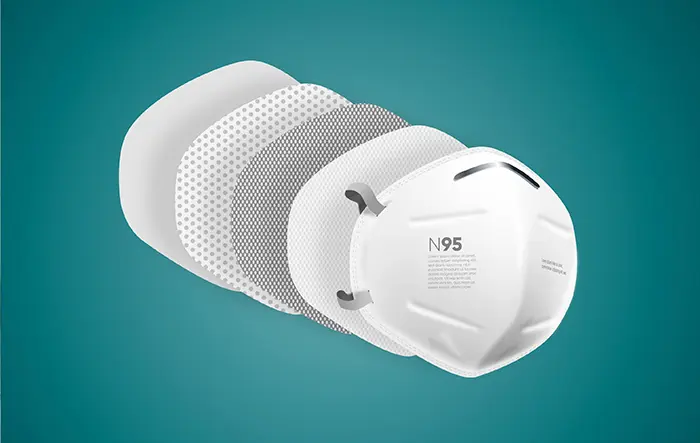
Meanwhile, many single-layer masks, makeshift masks made of t-shirts, and other homemade almost-masks are at best 40% effective, but most ranged below 10%.
The most difficult part of this situation is certification. While a cloth mask with proper construction or a replaceable filter can be as effective as an N95 mask, in order to achieve that certification, the manufacturer of the mask needs to send it into the ASTM laboratory to be tested. For large manufacturers mass-producing masks, this is easy. For individuals making masks by hand and selling them on Etsy, that’s an entirely different challenge.
It’s also difficult because there’s no planned enforcement mechanism beyond the ability to issue certifications. Mis-labeled masks will likely be rampant, so it’s important to use due caution.
What Should You Do?
So how does all of this new information change what you should do? Well, to a certain extent, it doesn’t. Here are our tips.
Make sure to wear a mask. In pretty much every situation, wearing a mask is better than not wearing a mask. The only exception to this is wearing something like a neck gaiter, which can actually further aerosolize your breath and increase the risk of spreading COVID-19 to others around you.
It’s worth remembering that for most of us, a mask has two purposes – to protect you, and to protect others from you. You might not have the disease, but you could, and you might be an asymptomatic carrier. While many masks may help minimize the spread of the disease to others, in order to also protect yourself you need a medical-grade N95 or another high-quality mask.
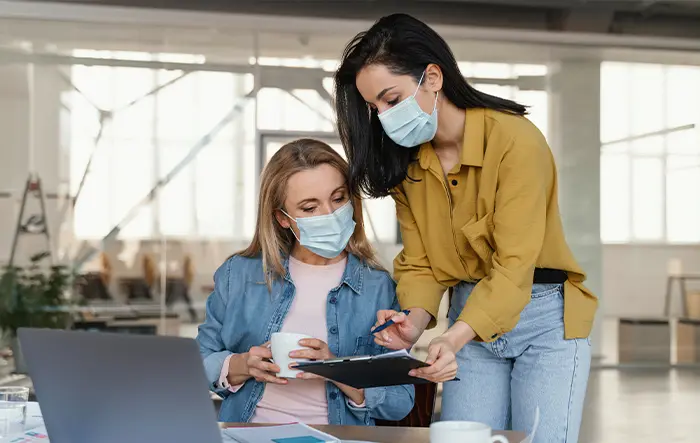
The exception is medical-grade N95s and other high-quality masks. Those have enough filtration to help protect you from environmental contamination and are best saved for healthcare workers and other front-line workers as much as possible.
If you use an N95, use one without a valve. Actual N95s come in several varieties. The kind with valves are meant for construction purposes, where breathing in filters the air, but breathing out does not. This type of mask is not recommended. As mentioned above, for most of us outside of healthcare, the point of a mask is to prevent spreading the disease. A mask that doesn’t filter in both directions doesn’t do the job.
KN95 masks were given emergency authorization for use by the FDA due to a shortage of N95 masks. These are made primarily in China and have been challenging to manage. Many have been found to not meet minimum standards, and the FDA has been revoking authorization from many manufacturers.
A traditional N95 mask without a valve will provide solid protection. The only downsides are that a proper fit can be tricky to achieve, they can be difficult to breathe through, and they are disposable for one-time use.
Use a cloth mask with a filter. For much of the world, proper PPE is in short supply. Much of what exists is being given directly to healthcare and other front-line workers, and to those who are in positions of the greatest risk of exposure. This means the chances of the average person finding enough N95s to use regularly is pretty slim.
Select a cloth mask with a decent fit and a replaceable filter, that has an adequate rate of airflow through the filter material. Filter pads that are made to fit in a cloth mask allow that mask to have a greater level of filtration than cloth alone. Often, these masks are too thin to function without a filter, but with a filter, they can be as effective as an N95.
If no filter is available, use at least three layers of cotton fabric for a mask. The standards board is still producing its report on the efficacy of different styles of cloth masks. As such, there are a lot of competing reports and no definitive answers about the best construction for different kinds of masks. The general recommendation is to get something with at least three layers of cotton fabric, as that seems to be the most effective.
Additionally, you will want to get a mask that is fitted for your face. Flat masks, the surgical-style masks, don’t offer very much protection because they’re often both thin and ill-fitted. You want something that matches the contours of your face as much as possible. For those of you who wear glasses, a metal nose-piece can be indispensable to keep them from fogging up.
Wash your masks often. Perhaps the most important thing to do when using a multi-layer cloth mask for protection is to wash that mask every time you use it. Even a quick stop into a convenience store can be enough to contaminate a mask, and breathing through it, even for a short while, reduces its effectiveness dramatically. All of the particulate that it filters out, even in that short time, remains stuck in the fabric until you can wash it out.
Luckily, you don’t need any fancy UV lights or expensive soaps to wash your mask. Simply throwing it in the washing machine with your clothes and a normal detergent is plenty. The only caveat is that you should, if possible, use warm or hot water. Different fabrics respond differently to heat, so make sure not to get hotter than your fabric allows.
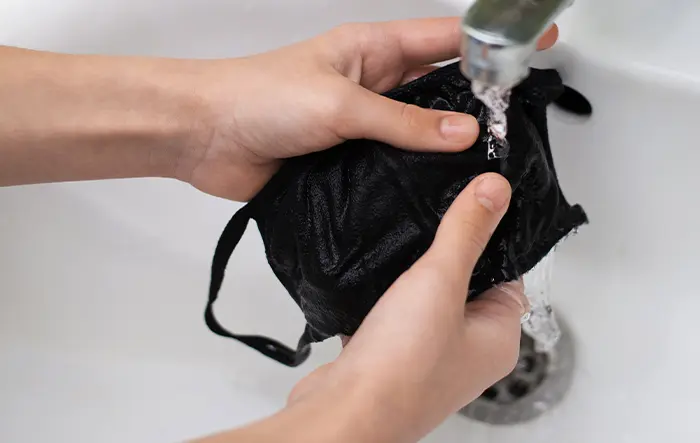
Hand-washing a mask is also feasible, just use soap and hot water, scrubbing gently and letting it soak so the soap breaks down any particulate stuck to the mask. Letting it air-dry is fine as well, but you’ll want to make sure it dries fully before wearing it again.
Wear your mask even after getting the vaccine. One of the most difficult impending crises we’re going to have to face as a global community is the roll-out of the COVID-19 vaccine. The vaccine is proving to be quite effective, but it’s also only effective at protecting yourself. You can still potentially carry the virus and spread it to others, so until the vaccine is fully rolled out and the majority of the people around you have it, you should wear your mask.
This isn’t really all that different from other diseases, like the cold or flu. Part of the reason why you can catch a cold without anyone around you having it is simply that people can carry it even if they themselves are immune. Indeed, normalizing mask-wearing when sick is a big bonus, and if continued even after COVID-19, that will reduce the spread of the seasonal flu and other airborne diseases significantly.
Be wary of counterfeits and scams. Many shady manufacturers like to stamp “KN95” on their masks, and fake seals of certification from NIOSH. KN95 is the Chinese equivalent to N95, and while the FDA certified some of them, many are imported without true certification. Try to research your masks ahead of time and avoid sellers making claims they can’t support.
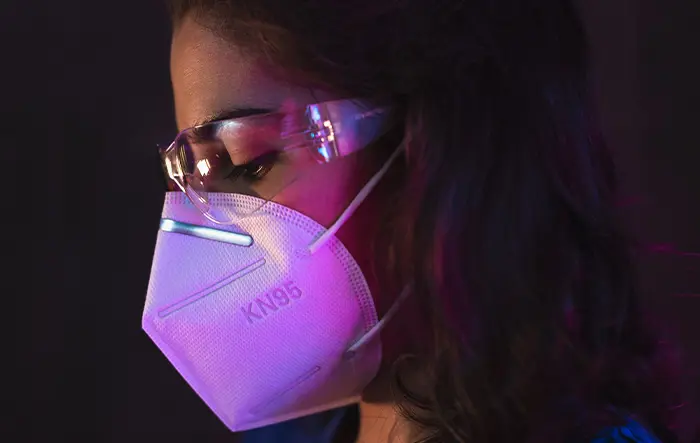
Watch for news in the first months of 2021. The impending release of a new report on mask efficiency and filtration levels for varying designs should be released sometime in the first quarter of 2021. Stay tuned to see when that report is released and what it has to say.
Chances are that most small-scale hand-made masks will not be able to get new certification for filtration standards. However, serious manufacturers can invest in formal outside testing, and certification should be achievable. Be sure to keep an eye out for these new certifications.

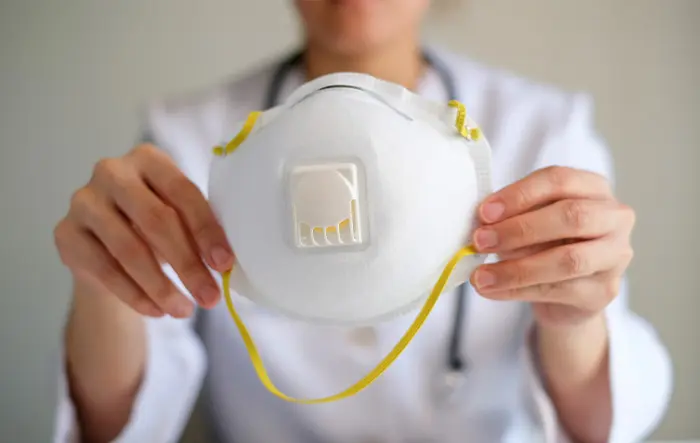
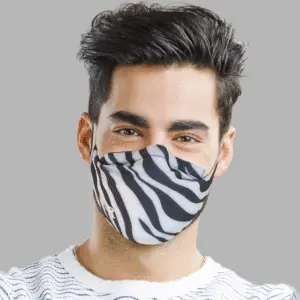

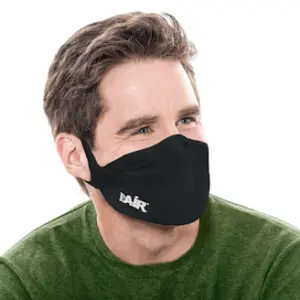
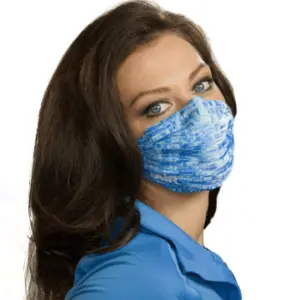
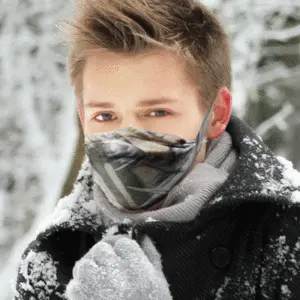
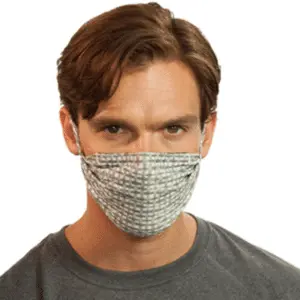
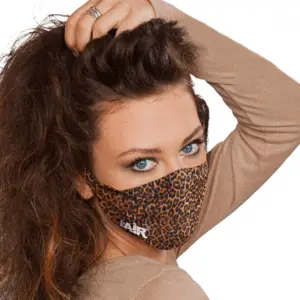
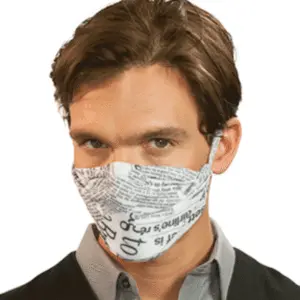

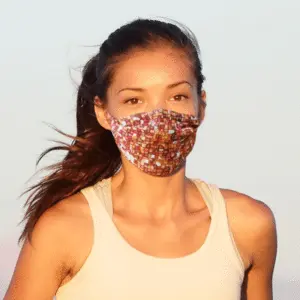

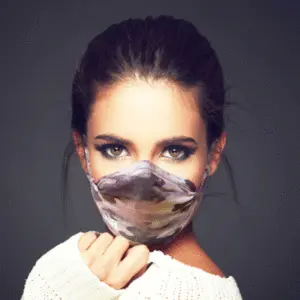
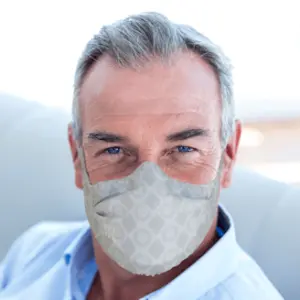



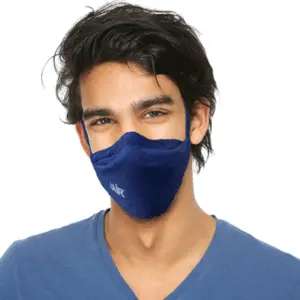

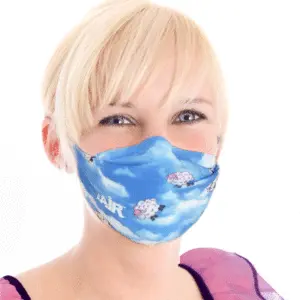
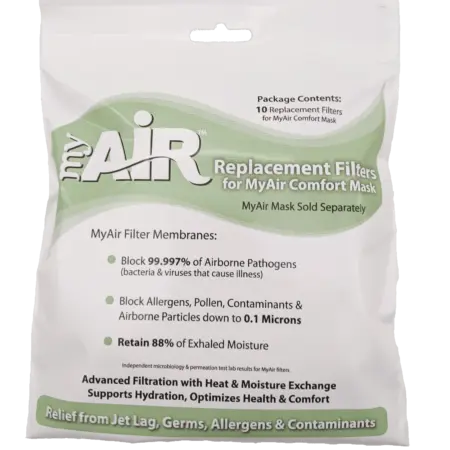
0 Comments